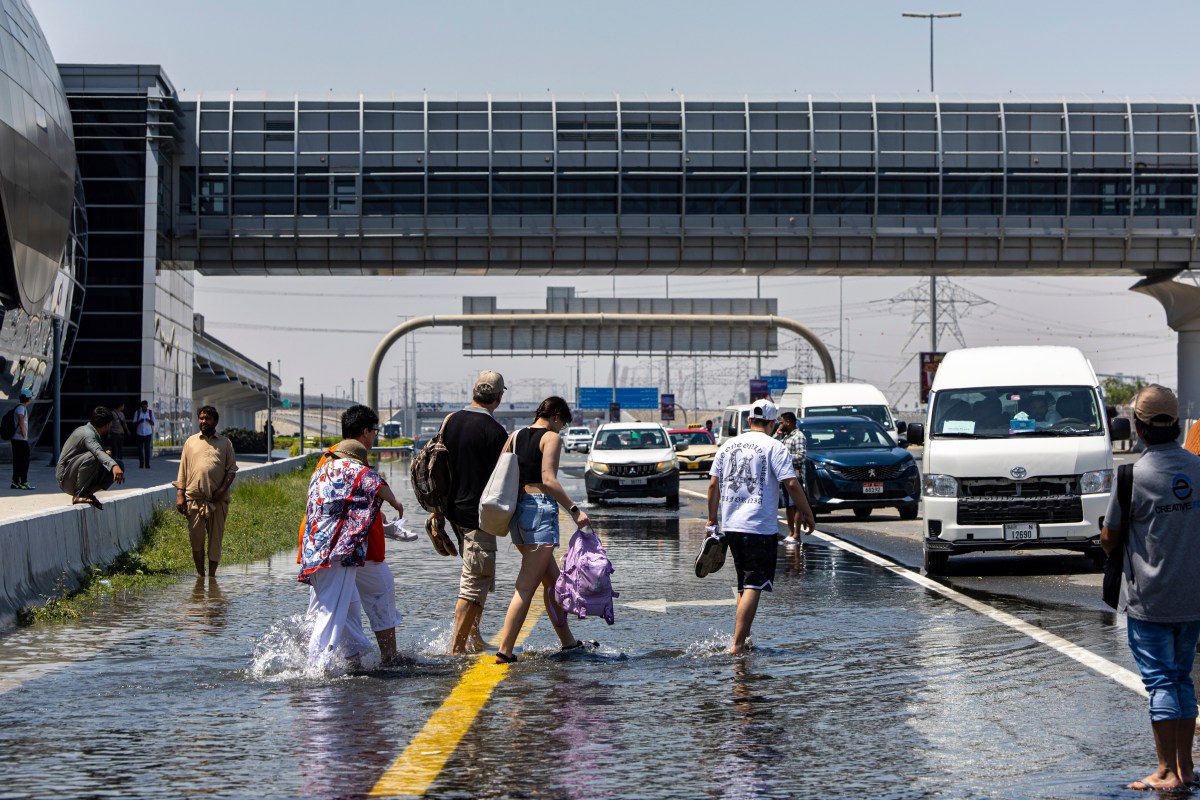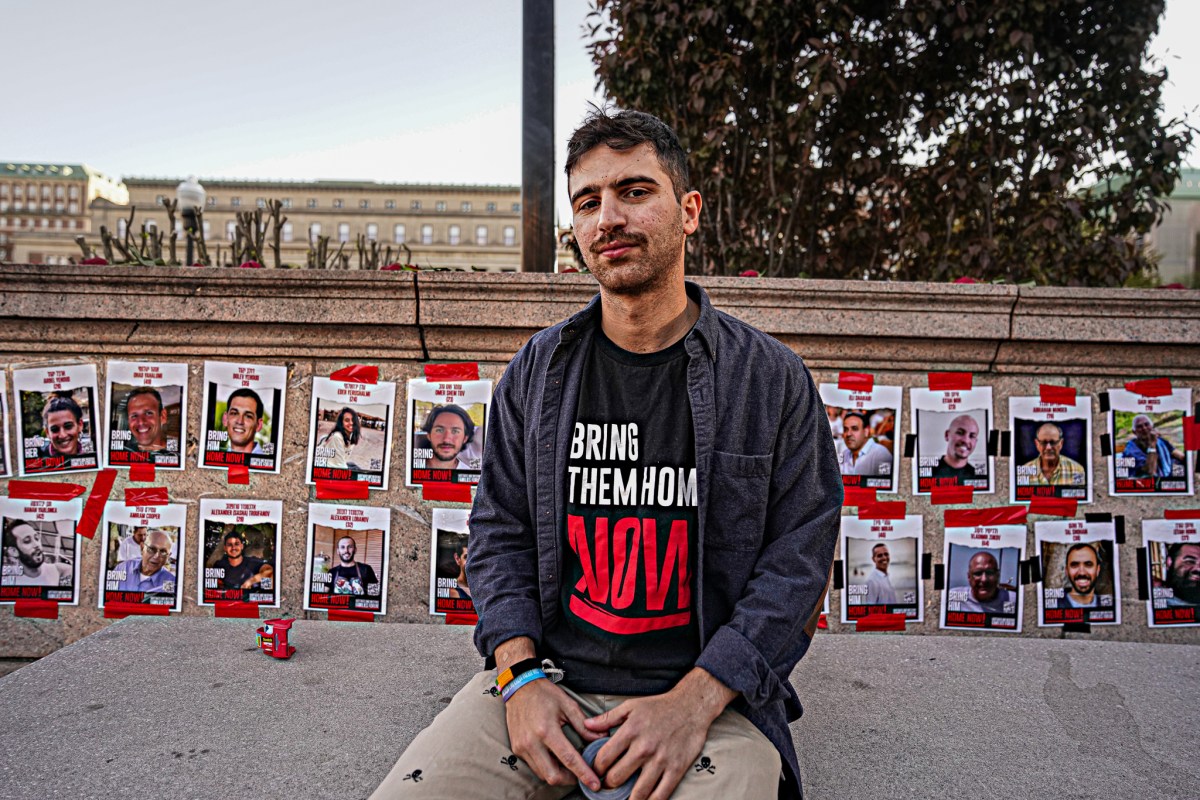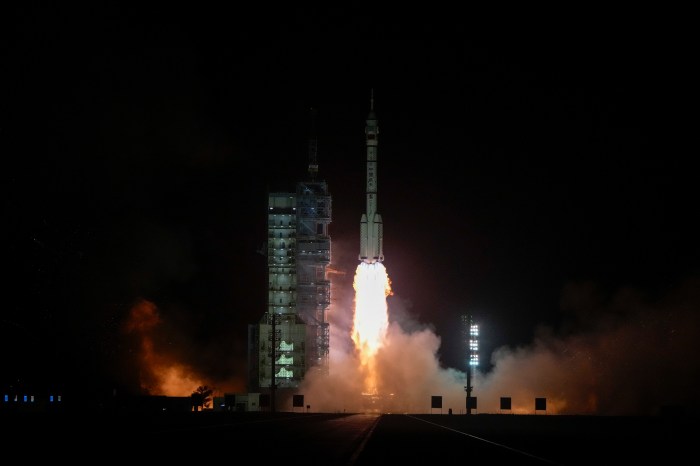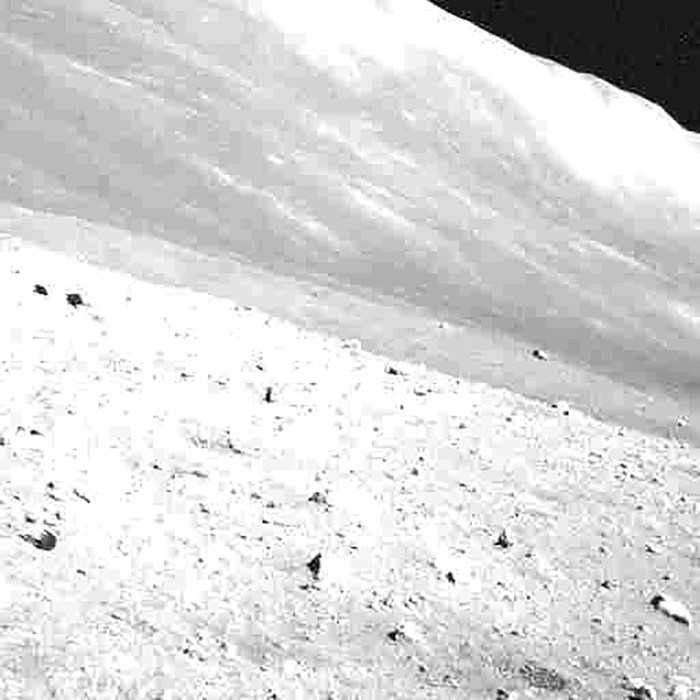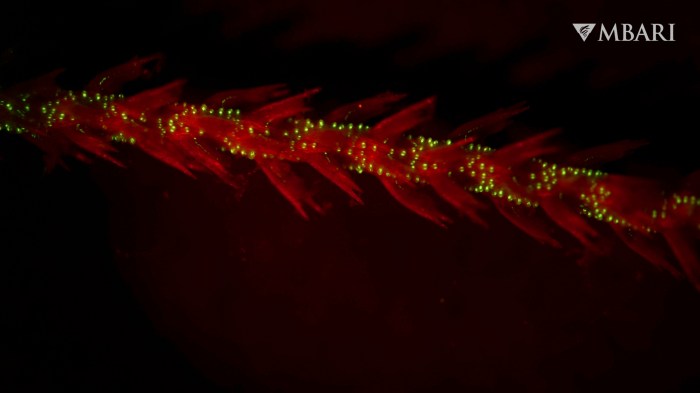Circumstantial evidence points to climate change as worsening the deadly deluge that just flooded Dubai and other parts of the Persian Gulf, but scientists didn’t discover the definitive fingerprints of greenhouse gas-triggered warming they have seen in other extreme weather events, a new report found.
Between 10% and 40% more rain fell in just one day last week — killing at least two dozen people in the United Arab Emirates, Oman and parts of Saudi Arabia — than it would have in a world without the 1.2 degrees Celsius (2.2 degrees Fahrenheit) warming that has come from the burning of coal, oil and natural gas since the mid-19th century, scientists at World Weather Attribution said Thursday in a flash study that is too new to be peer-reviewed.
In at least one spot, a record 11 inches (28.6 centimeters) of rain fell in just 24 hours, more than twice the yearly average, paralyzing the usually bustling city of skyscrapers in a desert.
One of the key tools in WWA’s more than 60 past reports has been creating computer simulations that compare an actual weather event to a fictional world without climate change, but in the Dubai case there wasn’t enough data for those simulations to make such a calculation. But analysis of decades of past observations, the other main tool they use, showed the 10% to 40% bump in rainfall amounts.
Even without computer simulations, the clues kept pointing at climate change, scientists said.
“It’s not such a clear fingerprint, but we have lots of other circumstantial evidence, other lines of evidence that tell us that we see this increase,” said Imperial College of London climate scientist Friederike Otto, who coordinates the attribution study team. “It’s what we expect from physics. It’s what we expect from other studies that have been done in the area, from other studies around the world, and there’s nothing else that’s going on that could explain this increase.”
There is a long-known effect in physics that finds the air holds 7% more moisture with every degree Celsius (4% for every degree Fahrenheit).
Otto said she has confidence in the conclusion, but said this was one of the harder attribution studies the team has undertaken.
El Nino, which is a natural occasional warming of the central Pacific that changes weather systems worldwide, was a big factor, the report said. These heavy Gulf downpours have happened in the past but only during an El Nino. And the researchers said those past deluges seem to be trending heavier — something scientists have long said would happen in many parts of the world as the world warms.
This flooding, which came from two separate and near simultaneous storm systems, would not have happened without El Nino, said study co-author Mansour Almazroui of the Center of Excellence for Climate Change Research (CECCR), King Abdulaziz University in Saudi Arabia. Nor would it have been like this without human-caused climate change, Otto added.
Because rainfall amounts varied over the region and the lack of data, the report couldn’t put a figure on if climate change had increased the likelihood of downpours like this in Dubai, but Otto estimated that it’s probably about three times more likely to happen now than in pre-industrial times.
The report and its authors threw cold water on speculation that UAE cloud seeding had anything to do with the amount of rain or its likelihood. Many scientists dispute cloud seeding’s effectiveness in general. Even so, the clouds in the storm system were not seeded, the report said. And the results of cloud seeding, if any, in general are more immediate, Otto said. And this storm was forecast days in advance.
“This type of rainfall never comes from cloud seeding,” Almazroui said in a Thursday news conference.
While the authors use well-established techniques and this is what scientists expect with climate change, when there’s a disagreement between computer simulations and observations, conclusions shouldn’t be drawn, said University of Victoria, Canada, climate scientist Andrew Weaver, who wasn’t part of the research.
It’s a strong enough case that greenhouse gas emissions are a factor, several other outside scientists said.
University of Melbourne, Australia, climate scientist Malte Meinshausen called Thursday’s study “a well-balanced, impressively detailed and adequately cautious assessment.”
“This work, when combined with theory and attribution studies associated with the increasingly frequent other extreme rain and flooding events around the world, makes the convincing case that climate warming supercharged the recent extreme rainfall and flooding event UAE and Oman,” said climate scientist Jonathan Overpeck, dean of the University of Michigan’s environment school. “This is what global warming increasingly looks like — more severe climate extremes and human suffering.”
Read more of AP’s climate coverage at http://www.apnews.com/climate-and-environment
Follow Seth Borenstein on X at @borenbears
The Associated Press’ climate and environmental coverage receives financial support from multiple private foundations. AP is solely responsible for all content. Find AP’s standards for working with philanthropies, a list of supporters and funded coverage areas at AP.org.

